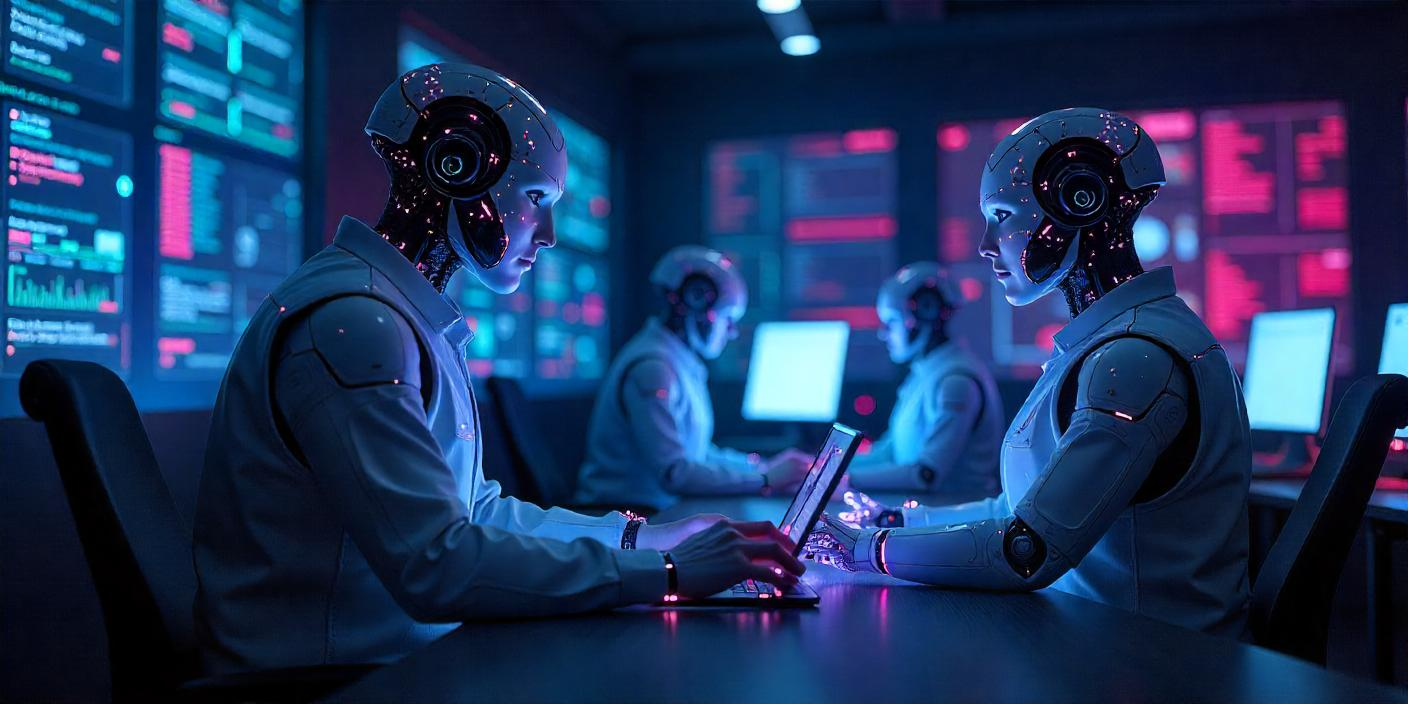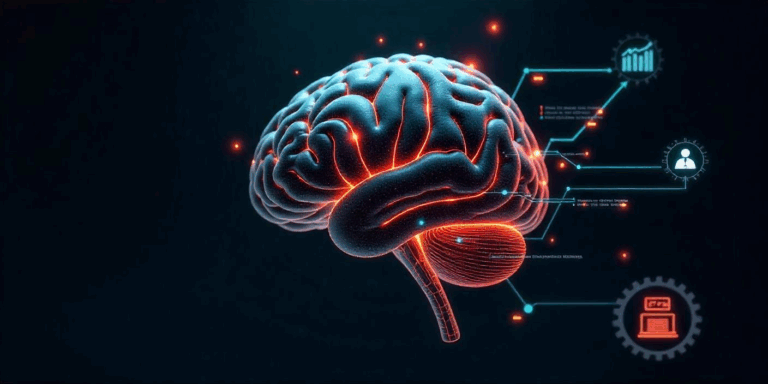
In 2025, we’re witnessing a significant leap in how AI integrates into everyday workflows—not as standalone chatbots or isolated tools, but as coordinated teams of AI agents, each specializing in a task and working together like human departments. Welcome to the world of multi-agent architectures, where AI teams are the new digital workforce.
🤖 What Is a Multi-Agent AI System?
A multi-agent system (MAS) is a collection of intelligent agents—each with its own goals, capabilities, and decision-making abilities—that collaborate (or compete) to complete complex tasks.
Think of it as an AI version of a company:
- One agent acts as a project manager
- Another handles market research
- One writes and refines content
- Others handle deployment, monitoring, or reporting
These agents can communicate, negotiate, plan, and even adapt dynamically to changes—just like a well-organized human team.
🔥 Why Are AI Teams Trending in 2025?
1. Scalability Beyond Human Limits
Companies no longer need a single AI to do everything. By distributing workloads among agents, they scale productivity exponentially—often completing end-to-end tasks autonomously.
2. Specialization = Better Accuracy
Each AI agent focuses on a specific domain (SEO writing, code refactoring, or email outreach), improving performance, accuracy, and output quality.
3. 24/7 Autonomous Execution
AI teams work without breaks. For example, marketing agents generate leads overnight while data agents analyze customer behavior and adapt campaigns in real time.
4. Plug-and-Play Architecture
Using frameworks like AutoGPT, SuperAGI, or LangGraph, developers can build agentic systems with modular plug-ins—just like adding new departments to a startup.
🧠 Real-World Use Cases of AI Teams
✅ Customer Service
- Front-end agent: Handles customer queries
- Sentiment agent: Analyzes tone
- Escalation agent: Routes complex issues to humans
- Result: Faster resolutions and improved CX
✅ Product Development
- Market research agent scrapes trends
- Tech feasibility agent analyzes solutions
- Code-writing agent creates prototypes
- Testing agent validates results
- Output: Faster MVP launch cycles
✅ Marketing & Growth
- Content agent writes social posts
- SEO agent optimizes them
- Outreach agent schedules campaigns
- Analytics agent monitors performance
🧩 How These Agents Work Together
Let’s take a simplified workflow:
- Initiation Agent receives the task: “Create a landing page for a new product”
- Research Agent gathers competitor insights
- Copywriter Agent drafts the content
- Designer Agent suggests layout and assets
- Dev Agent builds the page
- QA Agent runs tests
- Launch Agent pushes it live
- Feedback Agent collects user metrics for improvement
This cycle can repeat and improve autonomously.
🔐 Challenges & Ethical Considerations
While exciting, multi-agent systems raise new challenges:
- Coordination complexity: Agents must handle dependency and timing without chaos.
- Security risks: Each agent becomes a potential attack surface.
- Transparency: As decisions become distributed, tracing accountability can be difficult.
- Bias propagation: A flawed agent can mislead an entire chain of agents.
That’s why 2025 also sees a boom in agent governance, AI observability tools, and multi-agent risk auditing frameworks.
🚀 Tools Powering the Agentic Future
| Tool | Functionality |
|---|---|
| AutoGPT | Autonomous task execution via GPT-4o |
| SuperAGI | Advanced multi-agent collaboration |
| CrewAI | Assigns roles and tasks to AI workers |
| LangGraph | Agent orchestration with memory |
| AgentOps | Observability and logging for AI agents |
🔮 What’s Next?
In the near future, we might see:
- “Agent marketplaces” where businesses subscribe to task-specific agents
- Human-AI hybrid teams, where agents attend Zoom calls and file reports
- Agentic Operating Systems running your entire startup or solopreneur hustle
AI is no longer just a tool—it’s a colleague, a collaborator, and a team player.
✍️ Final Thoughts
Multi-agent architectures mark a paradigm shift from using AI as a helper to deploying AI as an autonomous team. Businesses that embrace this shift in 2025 are already seeing dramatic boosts in productivity, creativity, and speed.
If your business isn’t thinking in teams of AI yet—it might be time to start.





